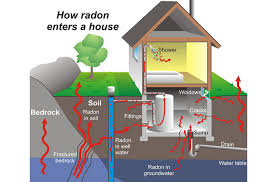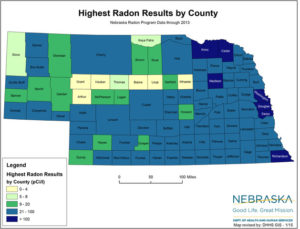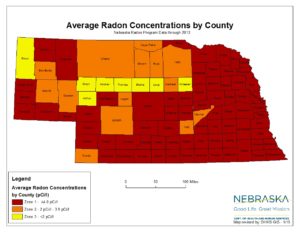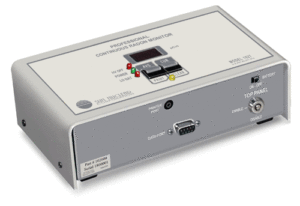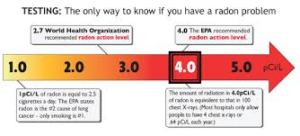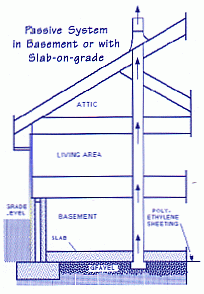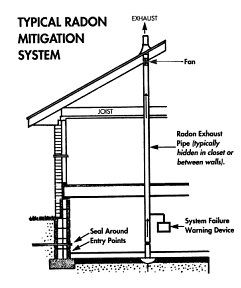Home Inspection – Radon Inspection
Let’s begin with what Radon is. Radon is a colorless, odorless, tasteless, and chemically inert radioactive gas. It is formed by the natural radioactive decay of uranium in rock, soil, and water. It can be found in all 50 states. Why is Radon a problem? The problem occurs when radon gas enters your home and gets trapped within it. Long-term exposure to high levels of radon can cause lung cancer. In 1998, the National Academy of Sciences (NAS) released the Biological Effects of Ionizing Radiation (BEIR VI) Report, “The Health Effects of Exposure to Indoor Radon.” The study reviewed and evaluated data from many prior studies and drew conclusions. It fully supports estimates by the EPA that radon causes about 21,000 lung cancer deaths per year. Though some people debate the number of deaths, it is widely agreed that radon exposure is the second leading cause of lung cancer. Only smoking causes more cases of lung cancer.
So, how does Radon gas enter your home and create this exposure? Radon gas moves from the soil your home was built upon and seeps into your home through pores in concrete, gaps in walls and floors, your opening in your sump pump basin, etc. It is important to note that any house of any age is susceptible to radon gas – a new home just built or a home 100-years-old. It should be noted that one out of every fifteen U.S. homes have a radon problem. The only way to know what your home’s Radon level is is to test it.
According to the EPA and the Surgeon General testing of all homes below the third floor is recommended. The purpose is to identify the need for mitigation or reducing the radon level found in homes. Ideally, the test should be conducted in a regularly used room on the lowest level of the home, such as the living room, playroom, den, or bedroom. While testing, do not disturb the device being used to take the radon sample. Keep in mind that high humidity and drafty conditions can bias the results from some test devices.
EPA recommends that you hire a qualified professional to test for radon when you are buying or selling a home. Some states, including Nebraska, require radon measurement testers to follow a specific testing protocol. If you hire a contractor to test your residence, protect yourself by hiring a qualified individual or company.
What should you do if you find high levels of radon in your home? If you discover levels of 4 picoCuries per liter or higher, the EPA recommends doing a second radon test. Once you discover levels that are at or above 4 picoCuries per liter mitigation should be considered. Mitigation will either require an active or a passive system that will vent the radon of your home. Active systems will require a fan to move the gas from the home. Passive systems do not require a fan but will require a vent system to allow the gas to escape from the home through the vent system.

